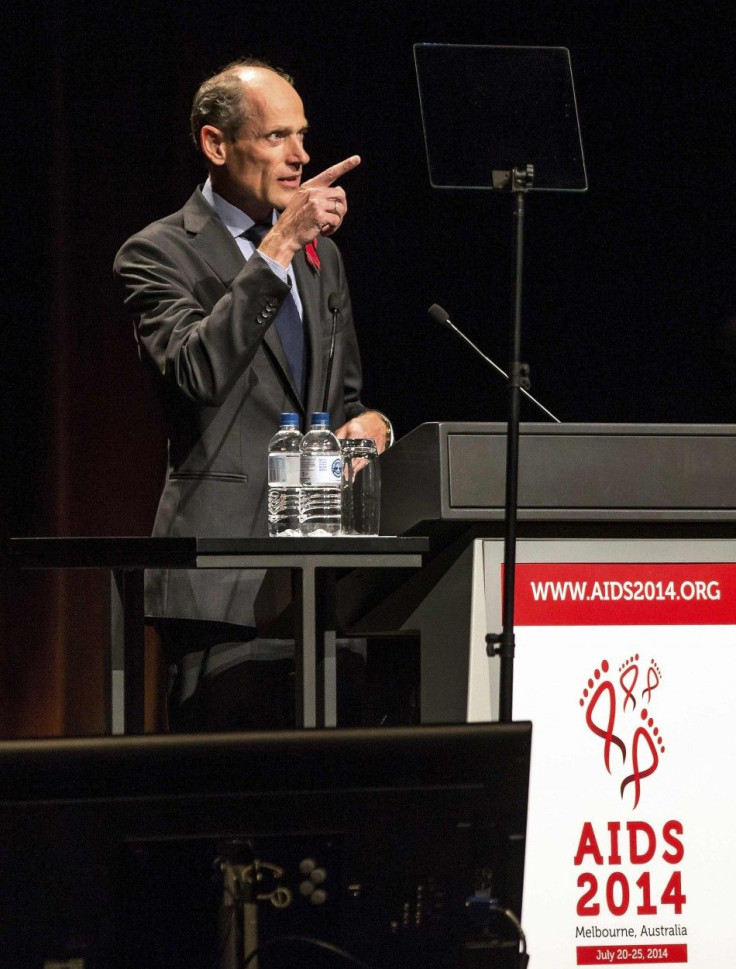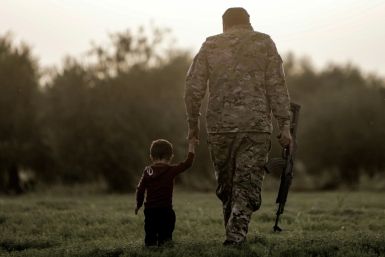Sexually Active U.S. Teens Not Tested for HIV: CDC
Only One in Five Sexually Active Teens Are Tested For HIV

According to a recent report by the Centres for Disease Control and Prevention (CDC), only one in five sexually active U.S teens have been tested for HIV. These teenagers are at a risk of contracting a highly dangerous sexual disease. CDC researchers also say that it is a concerning fact as the teens make up a significant share of new HIV infections.
The data collected by the nationally representative survey conducted every two years, called CDC's National Youth Risk Behaviour Survey, formed the base of the report. The survey included public and private school students in grades 9 to 12.
Lead researcher Laura Kann and chief of the CDC's school-based surveillance branch said that they are aware of the infection rate in the young people. About 12,200 new cases have been notified from age groups 13 to 24. Expressing concern at the growing risk of HIV infections among the young adolescents, Kann said that they are way too many kids at risk in the country, but the number of kids tested for HIV are lesser, "We need to do more."
The CDC report took into account the data from 1991 to 2013 and provided statistics on the number of students who have been tested for HIV; the reported stated that the number of sexually active high school students who took the test was only 22 per cent. These infections are more common among gay and bisexual males. The CDC report will be presented at the 20th International AIDS Conference that will take place from July 20-25 in Melbourne, Australia.
Kann stated that the reasons behind this low turnout for the tests is unclear, but the growing number of HIV infections is quite definite, and they have evidence regarding it. She said that a higher turnout for the HIV tests cannot be achieved if it is seen as the sole responsibility of the CDC, and community and parents must contribute by informing the children as well.
"Young people today were not around in the early days of the epidemic and did not see the havoc that it wreaked," she said. The emphasis on these tests by the society is not as compelling as it was in the past, hence people are much more content and laid back. She also stressed on the importance of spreading awareness about the consequences of not getting tested and the risks of unprotected sex. There is a need to enlighten the young adolescents on how to get tested and the preventive measures.
Dr Vivian Hernandez-Trujillo, an immunologist at Miami Children's Hospital and disease expert, said that she makes it a point to speak to her patients about the preventive measures if they are sexually active, stressing on protection all the time. "Since the reality is that they aren't using protection always, it's even more concerning that they aren't getting tested," she added.
CDC recommends teens to get tested for HIV at least once as part of routine. They also found that girls were tested more often than boys and other racial/ethnic groups, but the HIV testing rates still remain low. The trend of sexual intercourse among teens has dropped considerably among black, and hispanics but the number seems to be growing among whites and boys, the research observed.
The UNAIDS Global Report for 2014 that was released earlier will also be presented at the International AIDS Conference. The report found that nearly 19 million out of the 35 million people living with HIV worldwide are ignorant of their condition. This amount of unawareness is dangerous as an overindulgence in sexual activities by infected teens will only lead to the spread of the disease.






